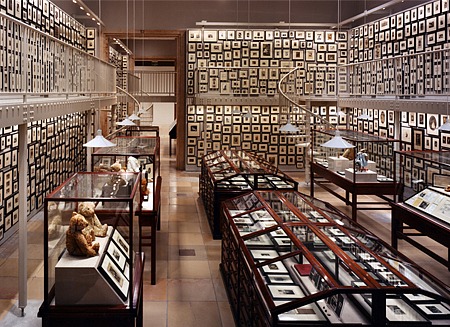2010 광주비엔날레 "만인보"
<#302 Review>
A Life among the Images
- The 8th Gwangju Biennale 2010, “10,000 Lives” -
Generally speaking, modern society is represented by the media. Very many images in the media are constantly in production. In particular, people are exposed to a lot of tremendous, inviting, attractive images. Such modern societies’ images are reconstructed by “10000 Lives” at the 8th Gwangju Biennale 2010, a representative exhibition of Gwangju which has grown in fame all over the world, that was displayed from September 3rd to November 7th. The title of the exhibition was borrowed from the poem Maninbo (10,000 Lives) written by Ko-Un, who is one of the most representative poets and was nominated as a candidate for the Nobel Prize for Literature this year. Maninbo consists of over 3,800 portraits in words, describing each person whom Ko-Un has ever met, including figures from history and literature. As the title indicates, this exhibition focused on the concept of binding relationships between people and images.

As I entered Biennale Hall on October 10th, I felt strong zeal from the audience who took keen interest in this exhibition: the number of visitors has increased a lot compared to the year 2009. In Biennale Hall, there are five separate galleries branching off to reflect themes recurring throughout the exhibition. Along with the works of contemporary artists, the exhibition includes historical works, profound photographs, and cultural artifacts that exemplify the multifaceted existence of images, placing them within a wider cultural context and blurring the line between documents, relics, and works of art. Unlike other art work, The Teddy Bear Project, which is the centerpiece in Gallery 4, is most interesting because it reflects memories that people had had long time ago. I experienced the people’s diaries through Teddy Bear, an object that is very cute and pretty. In general, the audiences just observe the work, but the Biennale provides a chance to participate in the exhibit. After waiting for a while, I had my picture taken with exhibits in the background. At that time, I felt really great about being a part of this exhibition as one of the real artists not just as an observer. And at that moment, this Biennale became more meaningful to me.
When I finished my tour, I felt tired from the sheer number of pieces at the exhibition. I think that most of the art in exhibitions is very difficult for me to understand. But, at this Biennale, I suppose many visitors, myself included, could easily understand the artwork because their main subject is “People”. However, I do not enjoy some pieces simply on a basic level, because I felt like I learned something from the pieces like Zhou Ziaohu's Concentration Training Camp, and modern meanings which are important clues on how I envision myself. My only regret in this Biennale is that with the exception of the Biennale Hall, the outdoor exhibition and facilities are not well prepared. Many people did not know that the outdoor exhibitions were open to public. They should have been advertised more and guides should have been available to the audience. I hope that visitors will experience a great exhibition without any inconveniences for the next Biennale and I would like the Gwangju Biennale to become one of Korea's biggest art festivals. become one of Korea's biggest art festivals.
김한나 기자
jan_story@naver.com

